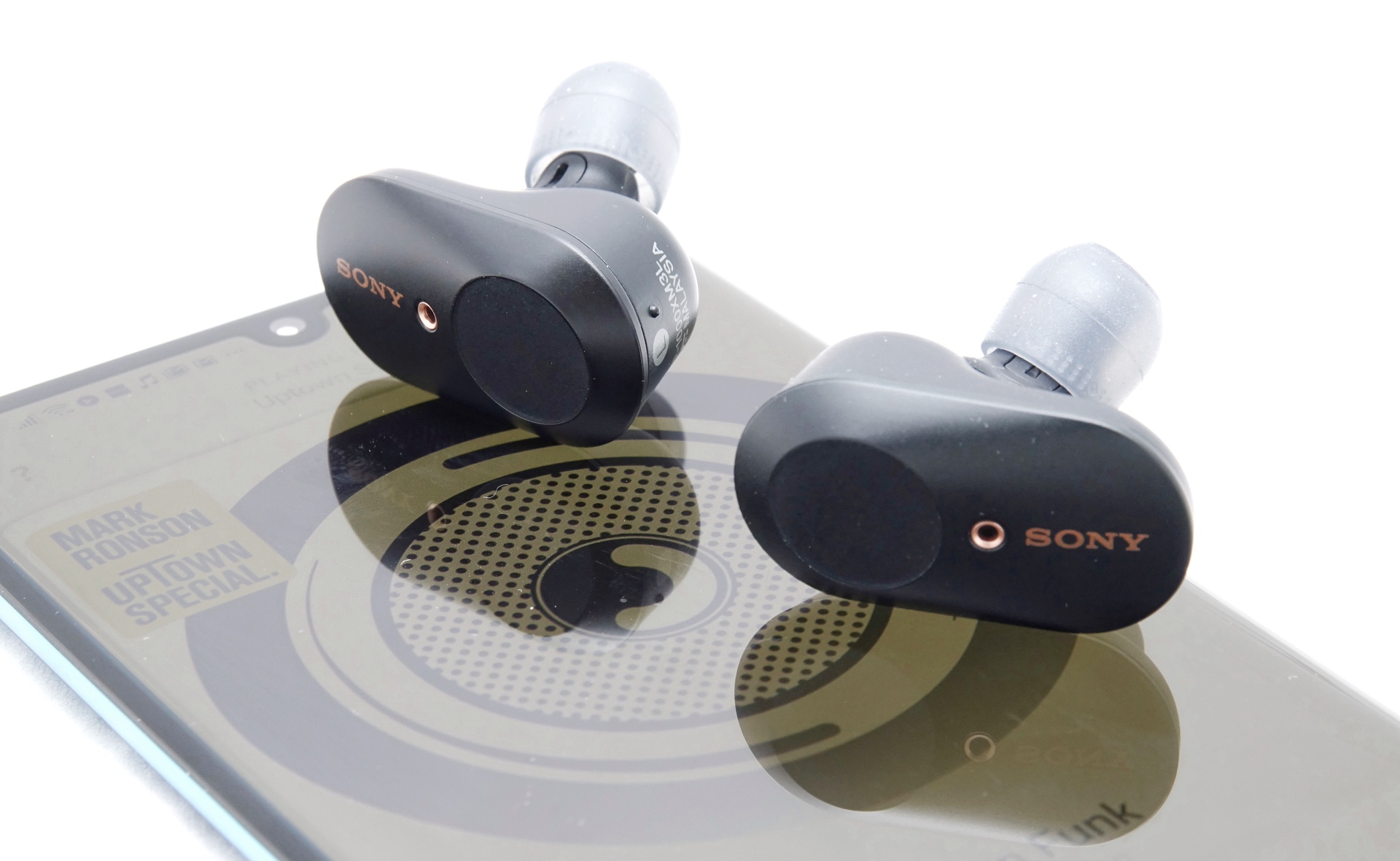This week on The Wrap, we’ll talk what’s happening in tech, talking Motorola, Samsung, Sony’s big new camera, and the battery problem in devices all around. All in five minutes.
Transcript
For the week ending July 19, you’re listening The Wrap, Australia’s fastest technology roundup, and for those who aren’t aware, this weekend is very special. Fifty years ago, humans landed on the moon for the first time through the Apollo 11 mission, and the words “one small step for man, one small step for mankind” were etched into history.
A lot has changed since then. While we’re not yet major space travellers, we look to the stars to explore beyond our own world, and technology follows with us.
The headsets the crew of that mission wore are still produced, though they’re more tech savvy than they used to be. Plantronics, the company that supplied the headsets to that mission, is still producing gear, much of it for consumers. Pilots can still get a generation of the same headset a good 50 years later in the MS50 and StarSet headsets, because they’re still a thing.
And some of it has changed from the hardware needed to assist NASA.
Computers that were once so big they could fill a room are now so small they can fit in your pocket. Between high-powered laptops and high-powered phones, devices are very capable these days, and may not need the space of a room to run a rocket.
In fact, you can find a fair amount of power in something that isn’t necessarily high end. The mid-range is an area going a little crazy at the moment, because you shouldn’t have to spend thousands of dollars on a great phone, but making the choice isn’t always easy.
Right now, the best mid-ranger is the Google Pixel 3a, something other reviewers have agreed with us on, but there’s a new challenger this week from Motorola, coming in the Moto One Vision.
Looking a little like Samsung’s Galaxy S10 but coming in at around half the price, the Motorola One Vision is a $500 handset packing in 128GB storage, Android the way it’s found on the Pixel, and a massive 48 megapixel camera. It’s probably one of the more interesting attacks on the mid-range around, though that 48 megapixel cameras does downsample back to 12 instead of giving you the full 48.
Mind you, it’s not the biggest camera we’ve heard of this week.
For that, we turn to the Sony Alpha 7R IV, a new mirrorless sporting a massive 61 megapixel full-frame sensor, which isn’t just big, but made to include lower noise for the images it captures, as well.
If you think 61 megapixels is big, the Sony A7R IV also features a mode that can capture a 963 megapixel image before downsampling it back to something a little more useful at 240 megapixels. It’s still fairly crazy, but essentially it’s 16 61 megapixel images captured at a pixel apart, building an even bigger image.
The tech used here isn’t going to be for every picture, but it’s very interesting all the same, and there’s support for 4K video and more audio options, as well.
But it won’t be cheap, with the Sony A7R IV landing in stores for $5700 by the end of August.
There’s more coming than an expensive camera, because if you’ve ever complained about the battery life on a Nintendo Switch, an updated model is coming that addresses it. It’s been a bit of a quiet update, but in the next couple of months, a new Switch will rock up with almost twice the battery life.
Battery is a big deal, too. It’s likely to be a major sticking point on the year’s next phones, including the Galaxy Note expected in August, the iPhone 11 in September, and the Pixel 4 in October.
On the recent Samsung Galaxy S10 Plus, the phone delivered more or less 24 hours of life. A little more, but not much. The same battery life is true on the Galaxy S10e, a phone we’ve been playing with recently, the baby of the bunch.
It’s a little like the iPhone XS in that it has a 5.8 inch AMOLED screen, and a metal and glass body, but it has two cameras — regular and wide — a fingerprint sensor, 802.11ax WiFi, Type C USB, and Android 9.0.
But the battery life could be better, and it’s an issue on lots of devices, including earphones.
However a recent pair of earphones kind of moves beyond this issue, and that’s the Sony WF-1000XM3. It’s a pair that continues the work Sony made on the WH-1000XM3, a pair of headphones we loved last year, and these are basically the in-ear equivalents.
They’re small, noise cancelling, and offer fantastic sound that is balanced and a little warm.
And the battery life is excellent, too: with noise cancelling on, it’s 6 hours with an extra 18 in the rechargeable case, or 8 plus 24 if noise cancelling is off.
Without doubt, they’re a stellar pair of earphones that can handle noise without messing up hair or getting in the way. The over-ear WH-1000XM3 still have an edge, but for listening out and about, the WF-1000XM3 are our new favourites.
So you’ve been listening to The Wrap, Australia’s fastest technology roundup. Pretty much everything you’ve heard here can be found at the Pickr website, as well as a whole lot more.
The Wrap will be back next week, online every Friday at Podcast One, Spotify, and Apple Podcasts, but until then, gave a great week. We’ll see you next time on The Wrap. Take care.





